The U.S. Department of the Interior has designated the Surf Ballroom in Clear Lake, Iowa, as a National Historic Landmark, recognizing its enduring role in the history of American music. The ballroom is best known for hosting the last concert of Buddy Holly, Ritchie Valens and J.P. “The Big Bopper” Richardson before their fatal plane crash in the early hours of Feb. 3, 1959, a date Don McLean immortalized as “the day the music died” in his 1971 hit “American Pie.”
National Historic Landmarks are buildings, sites, districts, structures, and objects that have been determined to be nationally significant in American history and culture. The ballroom’s nomination was officially approved on Jan. 13.
The original Surf Ballroom was constructed in 1933 by renowned entrepreneur, Carl J. Fox, and was located on the north shore of Clear Lake, across the street from where the current building now stands. Fox commissioned the architecture firm of Hanson & Waggoner to design this facility of which The Mason City Globe-Gazette wrote was an “elaborate ballroom which is one of the most modern and largest in the middlewest.”
The architecture firm of Hanson & Waggoner was founded in Mason City, Iowa in 1924 by architects Harry P. Hanson and Karl M. Waggoner and continues to operate today under the name ATURA architecture with offices in Clear Lake, IA. The firm serves a wide variety of industries and is known locally for their storied history of dedication to the community and preserving its historic resources.
In December of 1946, Carl Fox sold the Surf Ballroom, along with two other ballrooms he owned – The Prom (located in St. Paul, MN) and the Terp Ballroom (located in Austin, MN), to Prom, Inc. of Chicago for a sum of $1,300,000, and on April 20, 1947, the Surf Ballroom burnt down in a fire. At the behest of Prom, Inc. management, Carl Fox immediately formulated and enacted a plan to rebuild The Surf. For the design of the new building, he once again turned to Hanson & Waggoner, and on April 30, 1947, just ten days after the original Surf had burned, the Globe-Gazette printed their rendering of the new Surf Ballroom.
On July 1, 1948, the new Surf Ballroom opened its doors at its new location across the street. Although it still featured its iconic beach club motif, the new Surf was much larger, with significantly more seating and a larger dance floor than the previous structure. Builders also used more flame-retardant materials such as steel, brick, and tile attempting to make the building “fireproof.” All in all, the final cost of the building was $350,000.
“The Surf Ballroom is a national treasure. You can almost feel the energy and hear the echoes of all the concerts over the years,” said Chris Kramer, who directs the Iowa Department of Cultural Affairs. “The soundtrack of the 20th century played live, right here in Clear Lake, Iowa.”
As the most significant and well-preserved venue remaining on the 1959 Winter Dance Party Tour, the ballroom represents the nationwide dance-party tour phenomenon, a trend that helped establish touring as a legitimate business within the music industry.
“The Surf exemplifies a pivotal time in music history, one that should be honored and celebrated,” noted Laurie Lietz, the ballroom’s executive director. “It is our organization’s highest honor to achieve this designation, and we know this will ensure that the music lives on here at the Surf for generations to come.”
The ballroom is operated by the nonprofit North Iowa Cultural Center and Museum, whose president, Jeff Nicholas, discussed its mission to celebrate the lives and legacies not only of Holly, Valens and Richardson, but all the musicians who have taken a turn on the ballroom’s stage.
“As long as the Surf Ballroom is here,” he said, “their music will never die.”
The Surf Ballroom is open to visitors year-round and operates as a concert venue with events for up to 2,100 guests. For a full schedule of events and details about how to help keep the music alive, visit www.surfballroom.com.
The Surf Ballroom is Iowa’s 27th National Historic Landmark, joining a list of such iconic sites as the American Gothic House, the gold-domed State Capitol, and the Sergeant Floyd Monument, which received the country’s first National Historic Landmark, in 1960. The National Historic Landmarks program is managed in Iowa by the State Historic Preservation Office, a bureau of the Iowa Department of Cultural Affairs.
HISTORICAL AND NATIONAL SIGNIFICANCE OF THE SURF BALLROOM
The venue offered musicians a convenient stop to perform between Minneapolis and Des Moines but gradually became a destination in its own right, attracting early 20th century stars such Count Basie, Duke Ellington and the Dorsey Brothers before a parade of more recent legends: The Everly Brothers, Little Richard, The Beach Boys, B.B. King, Conway Twitty, Santana, REO Speedwagon, ZZ Top, Martina McBride, Alice Cooper, Robert Plant and countless others.
The ballroom became famous worldwide in 1959, when it was the twelfth and final stop on what was scheduled to be a 25-city Winter Dance Party Tour of the Upper Midwest featuring Buddy Holly, Ritchie Valens and J.P. “The Big Bopper” Richardson. After their concert in Clear Lake, however, the three musicians and the pilot died when their plane crashed amid a snowstorm on the morning of Feb. 3, 1959.
The death of these three influential young musicians shook the nation and changed the course of rock and roll, as well as the broader sweep of American pop culture.
The Surf Ballroom is an excellent and well-preserved example of the Moderne style of architecture. The building’s clean lines, curvilinear forms, minimal ornament and use of chrome illustrate the aesthetic influence that technology and the machine clearly had on the Moderne style.
In 2009, the Surf Ballroom was designated as a historic landmark by the Rock and Roll Hall of Fame in Cleveland, Ohio.
Today, the ballroom continues to host an annual Winter Dance Party every February, as well as dozens of concerts and special events throughout the year.
ABOUT NATIONAL HISTORIC LANDMARKS
There are approximately 2,600 National Historic Landmarks in the United States, including 26 others in Iowa, as well as Mount Vernon, Pearl Harbor, the Apollo Mission Control Center, Alcatraz and Martin Luther King’s Birthplace. Learn more about National Historic Landmarks online.

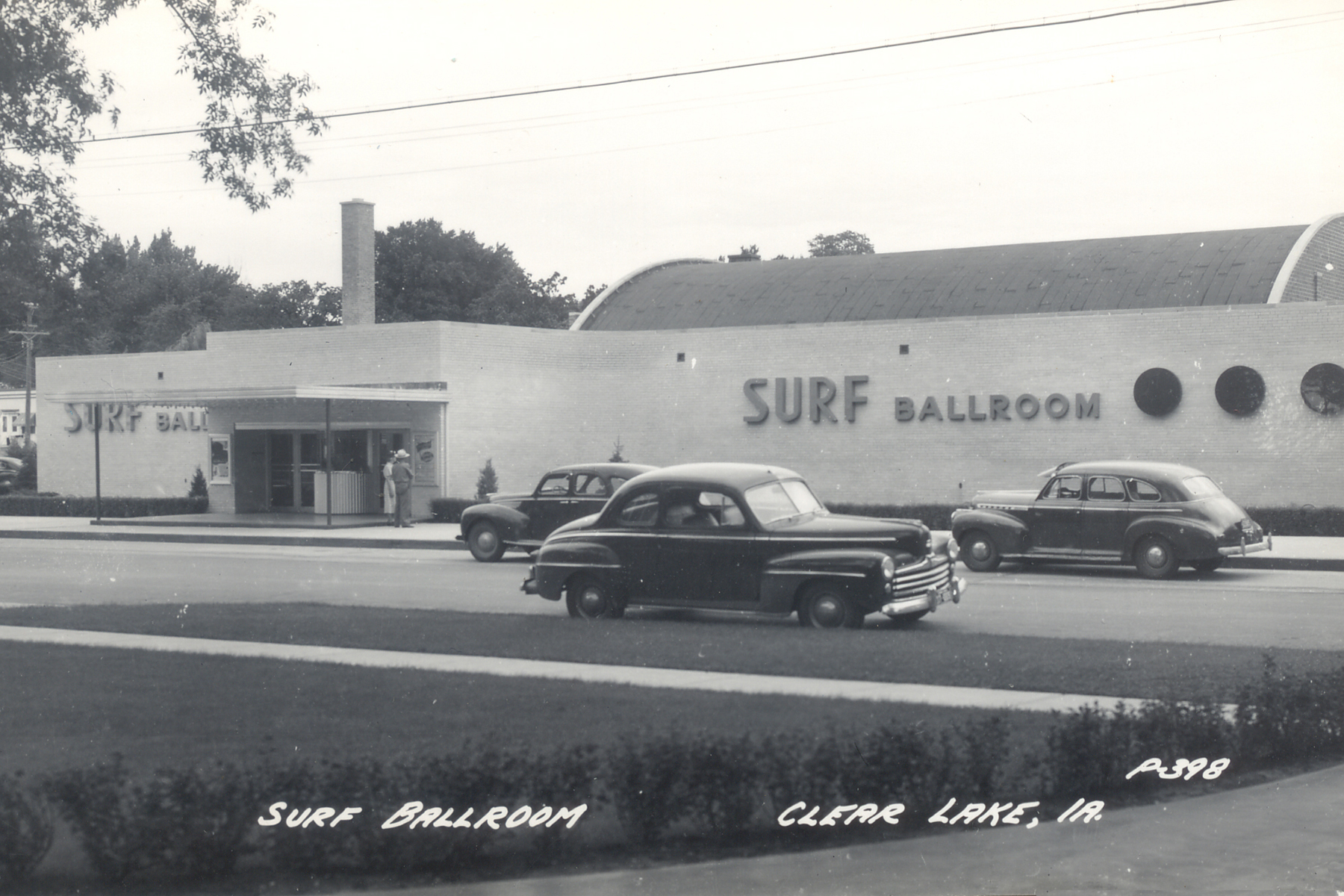
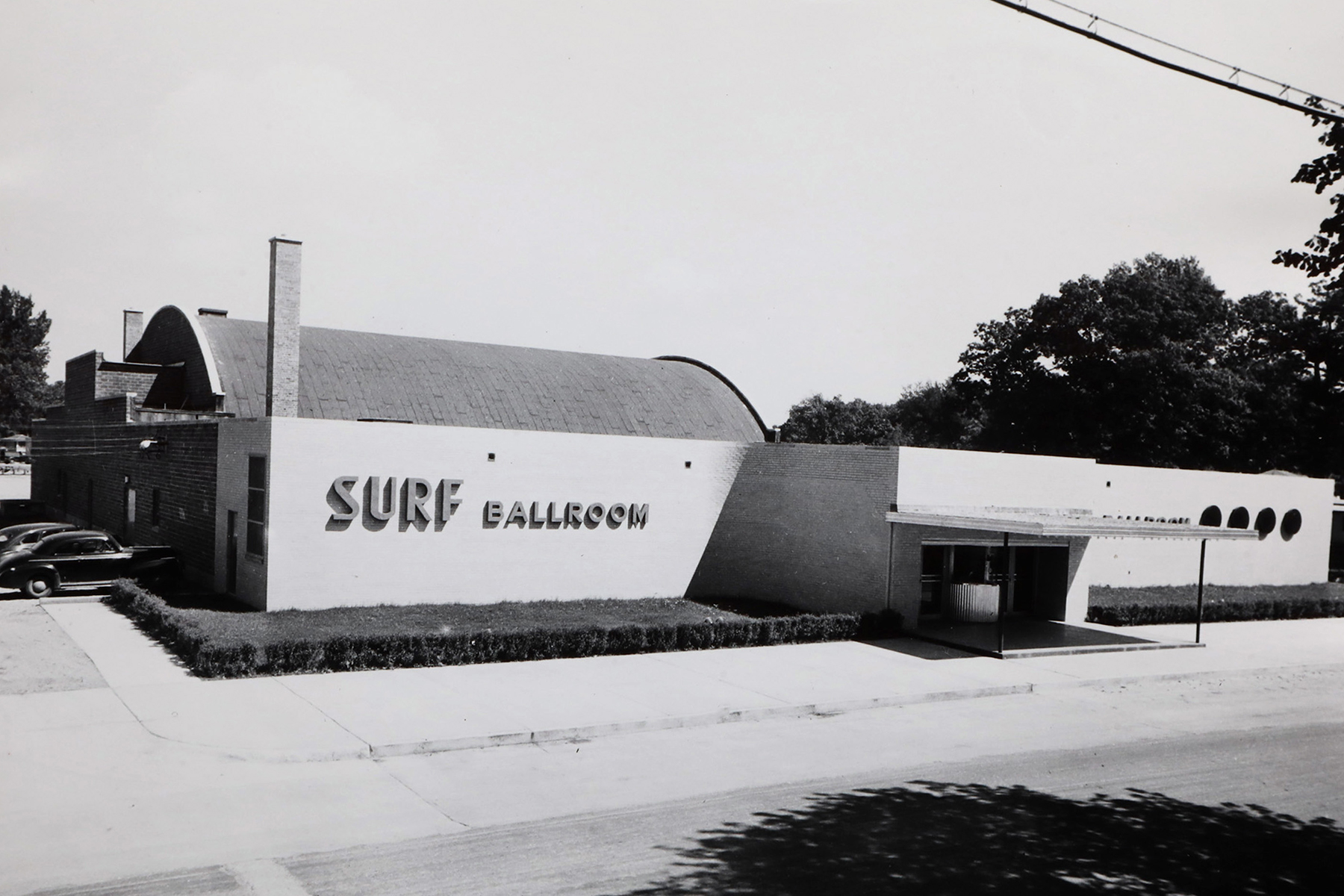
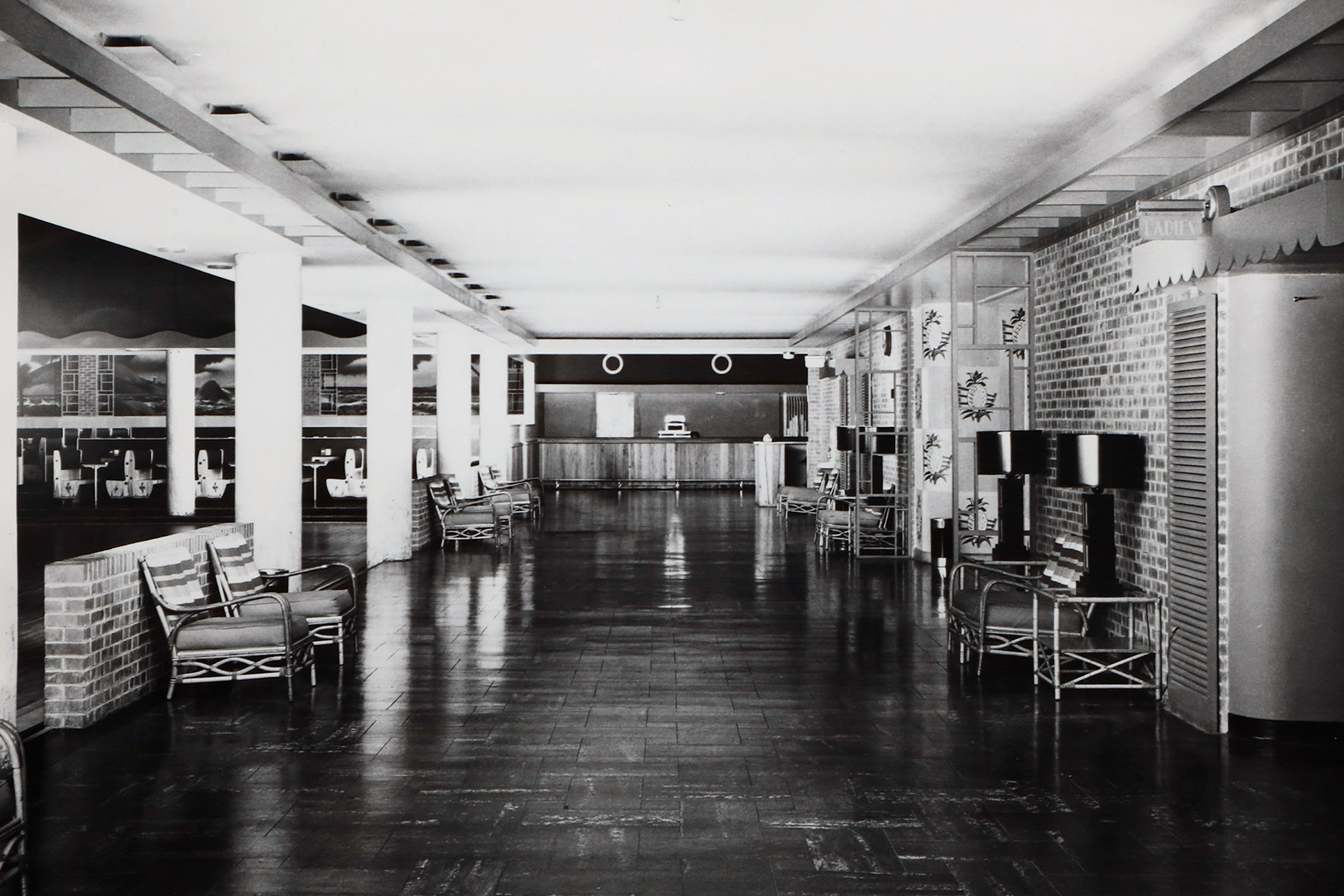
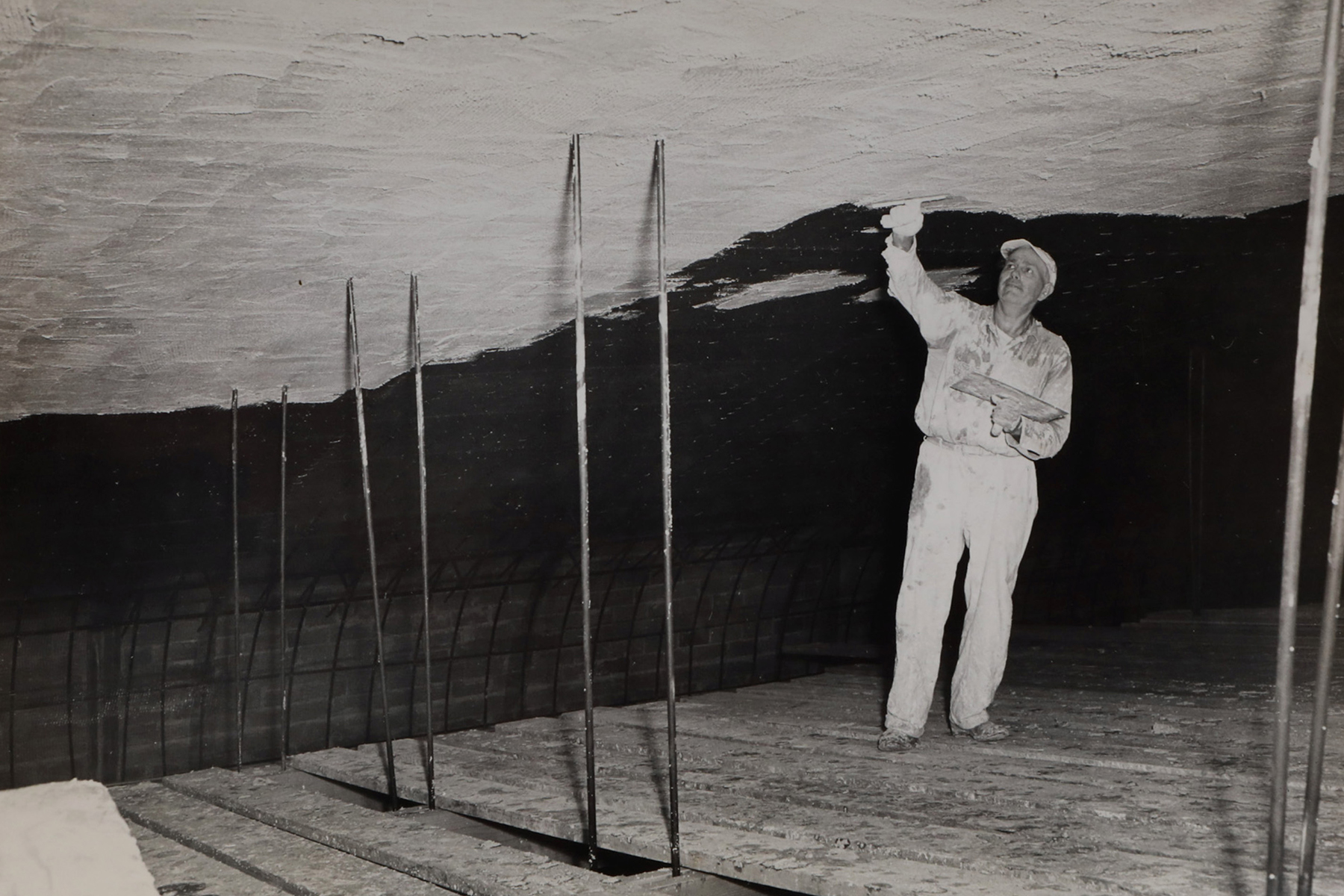
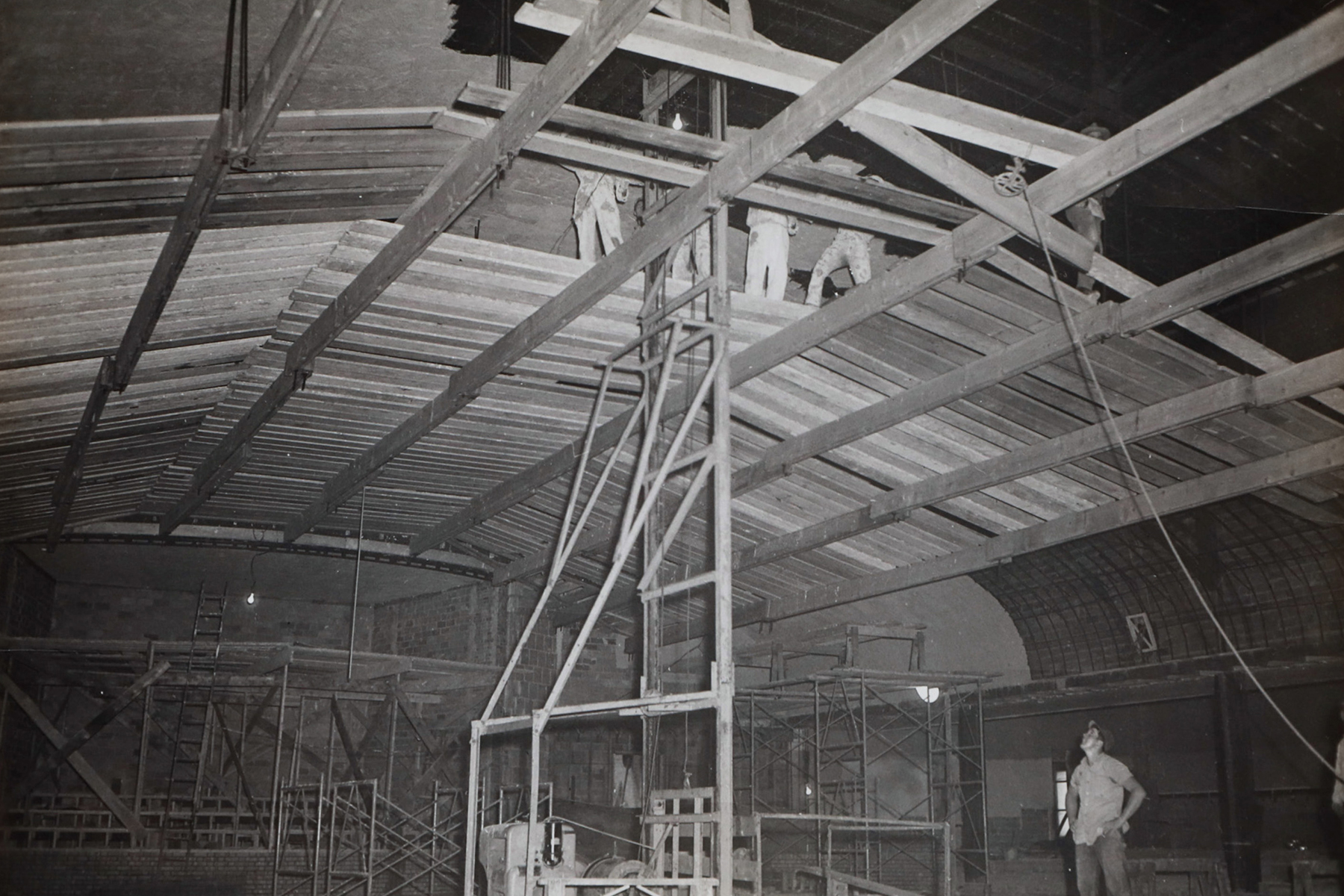
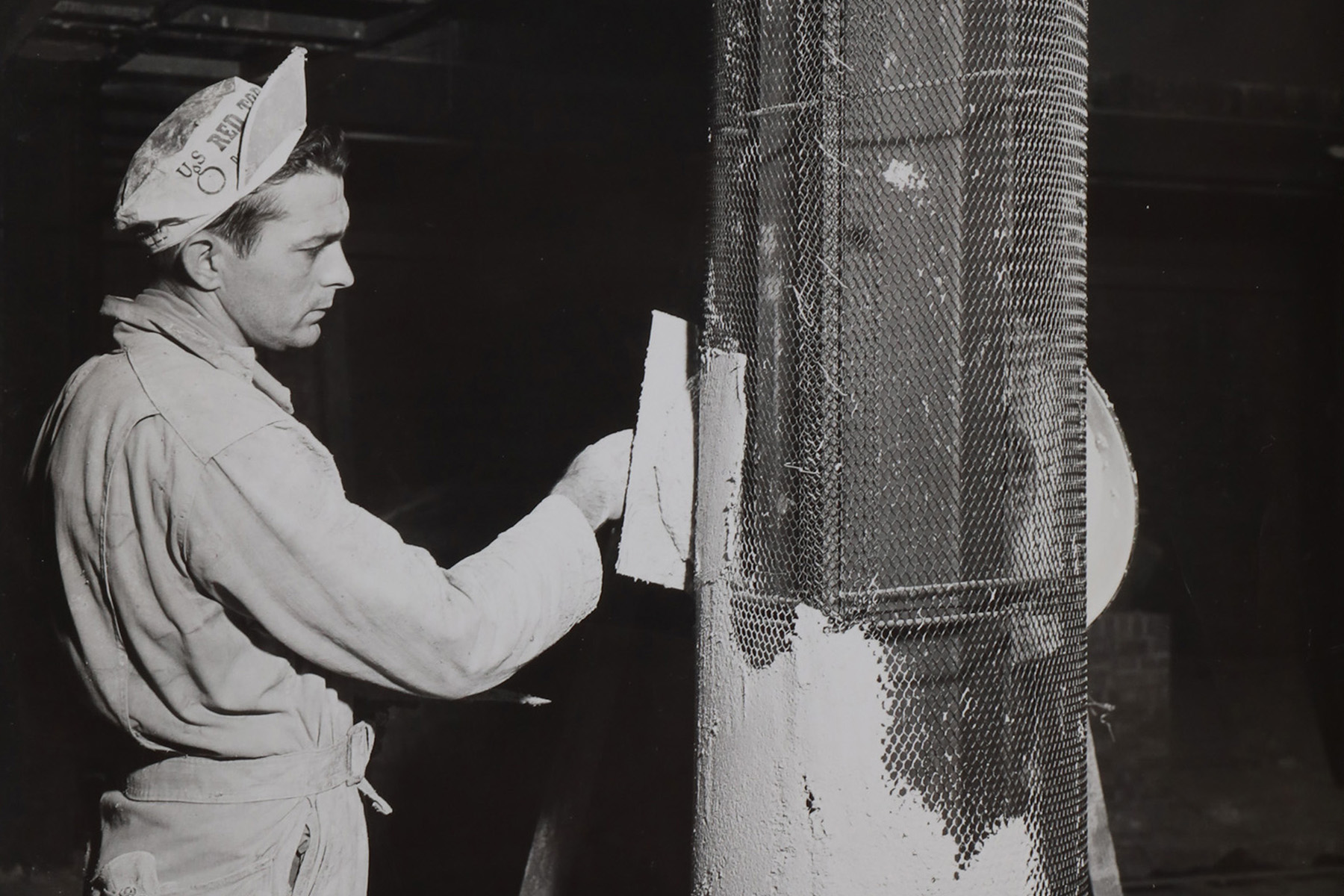
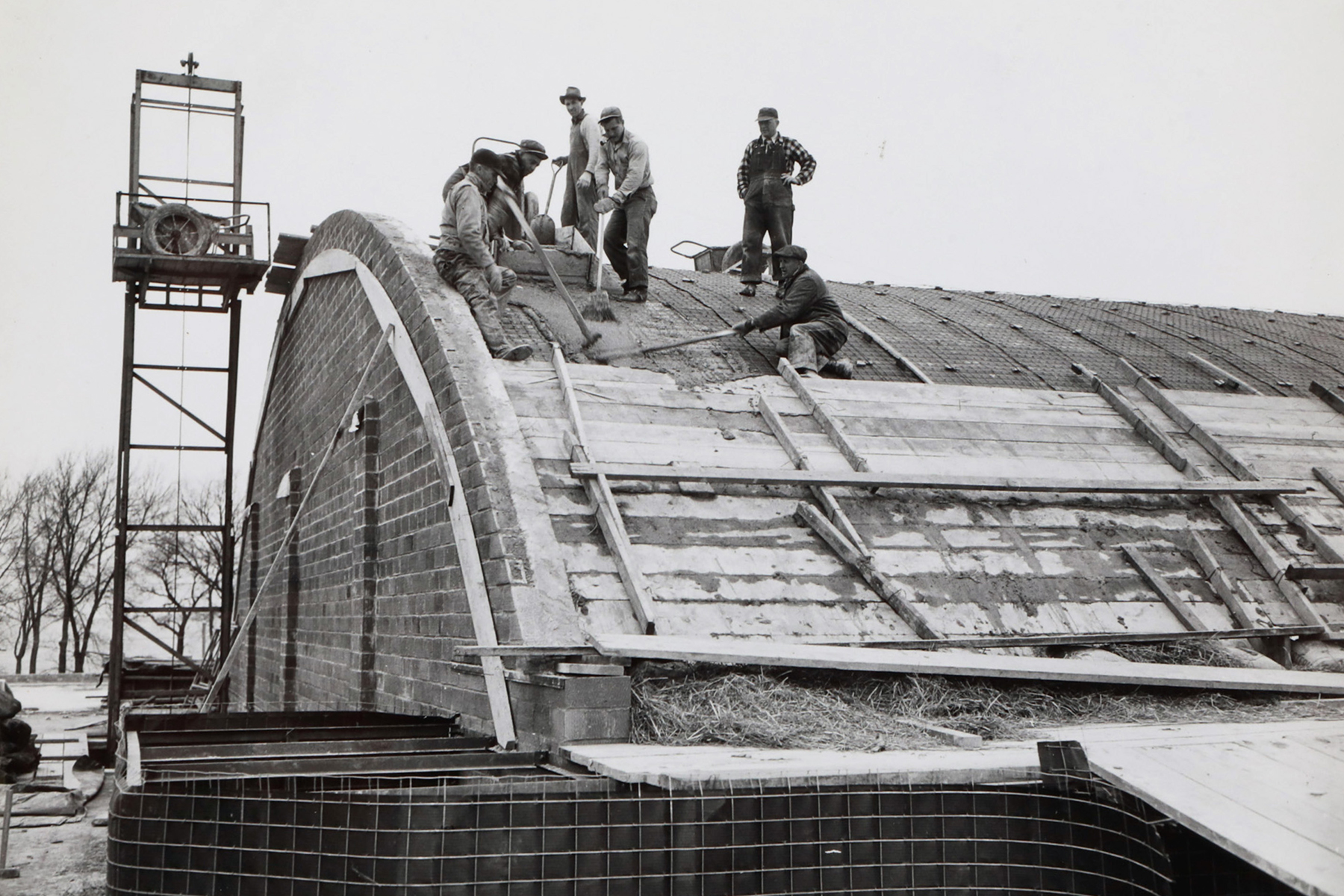
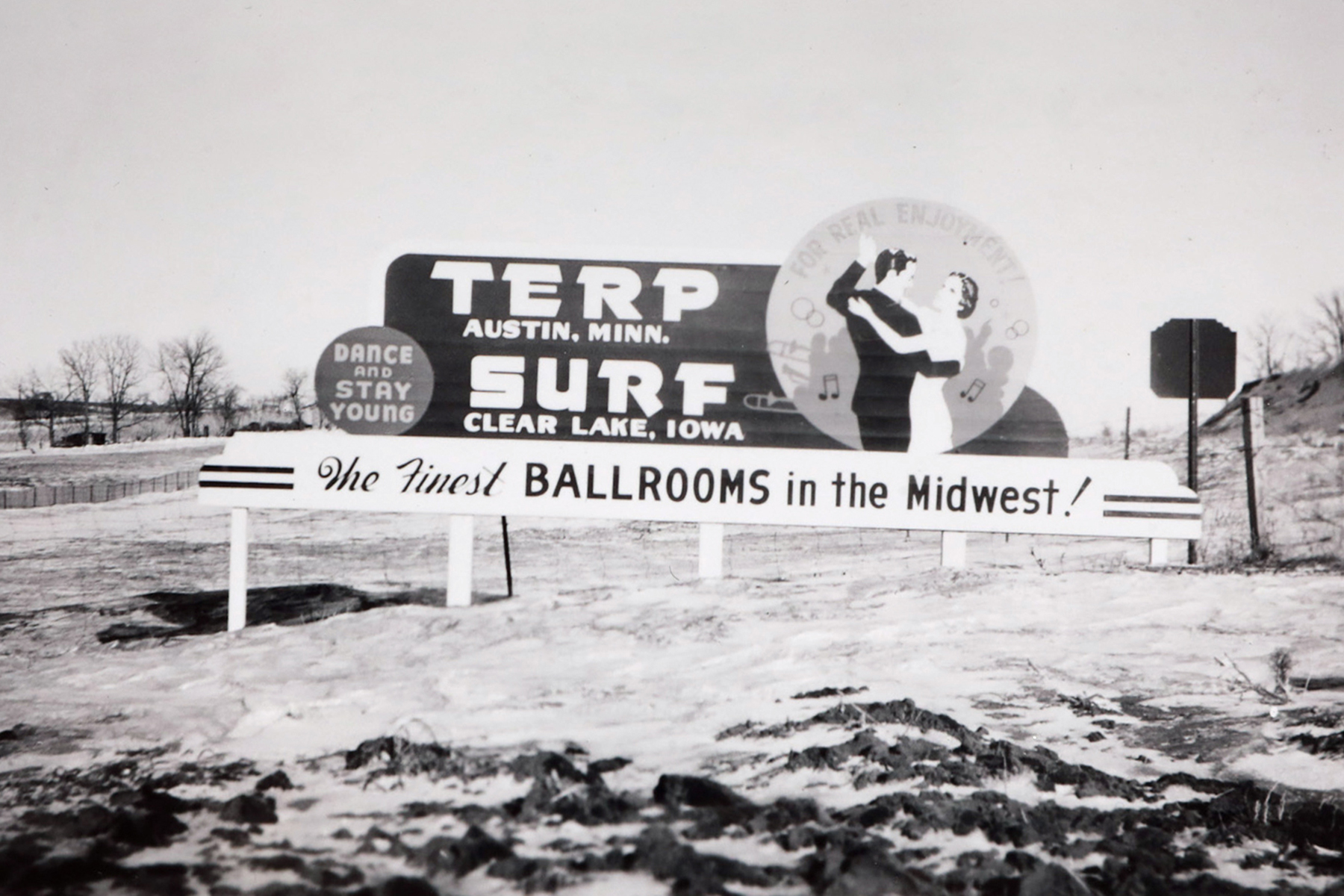
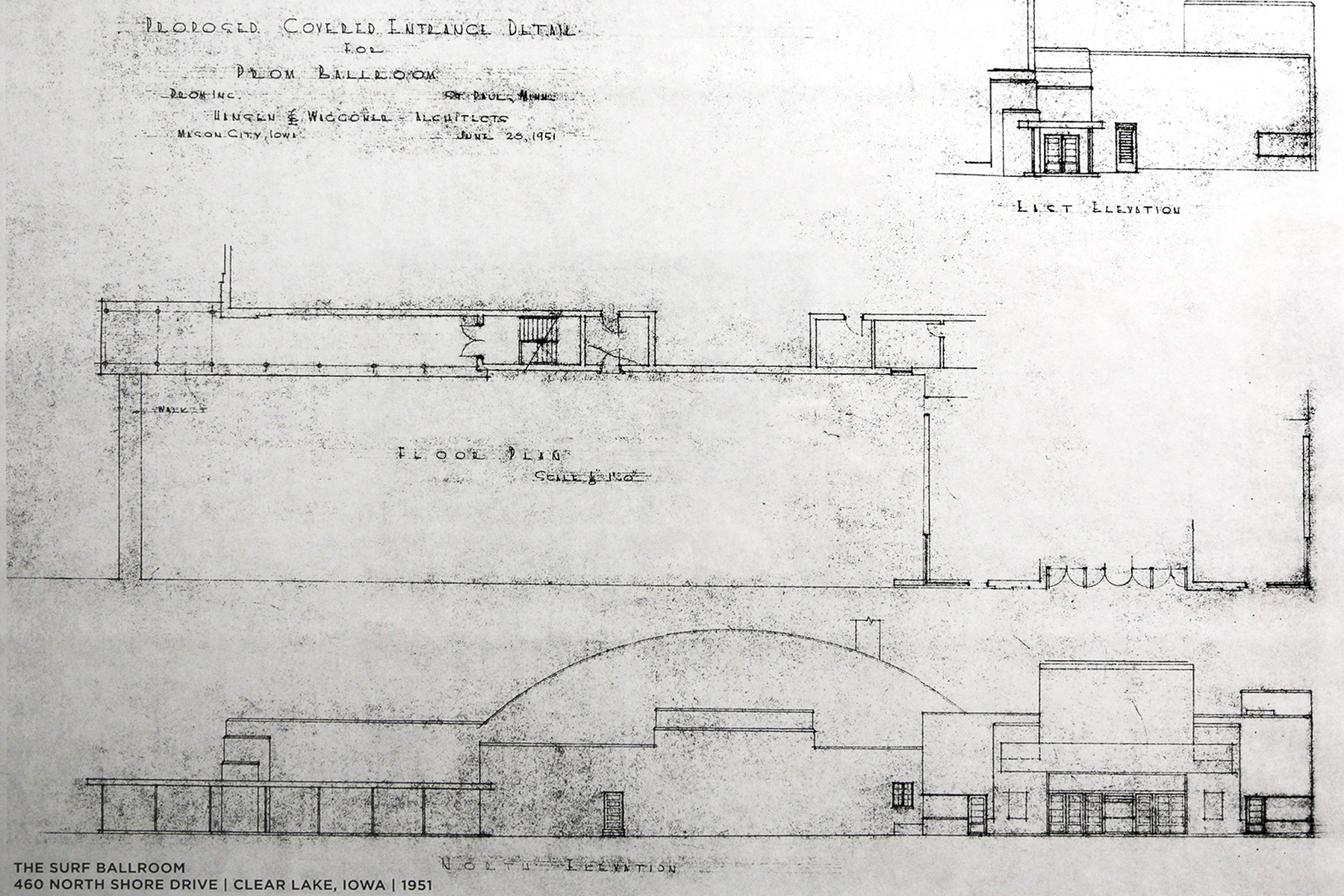
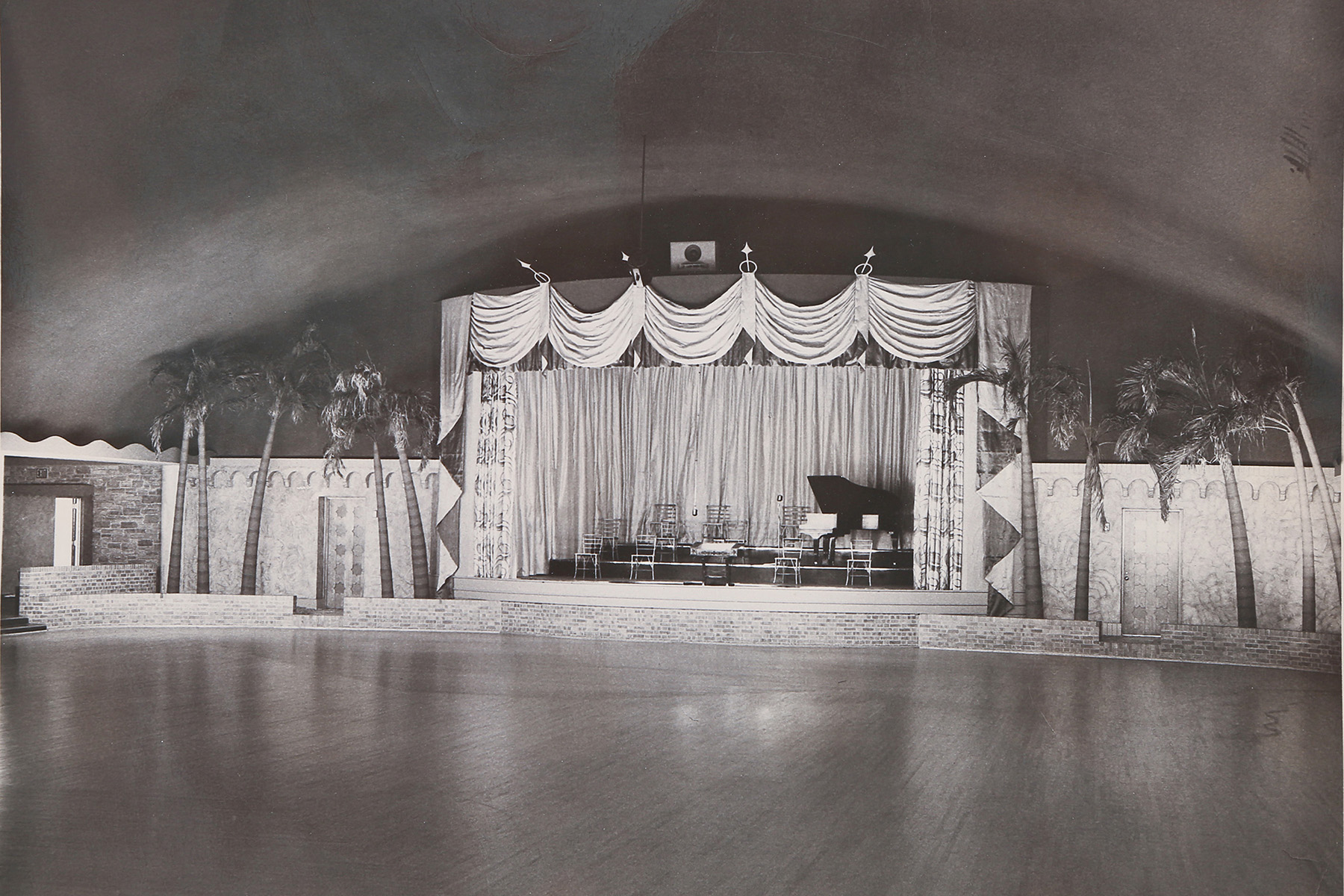
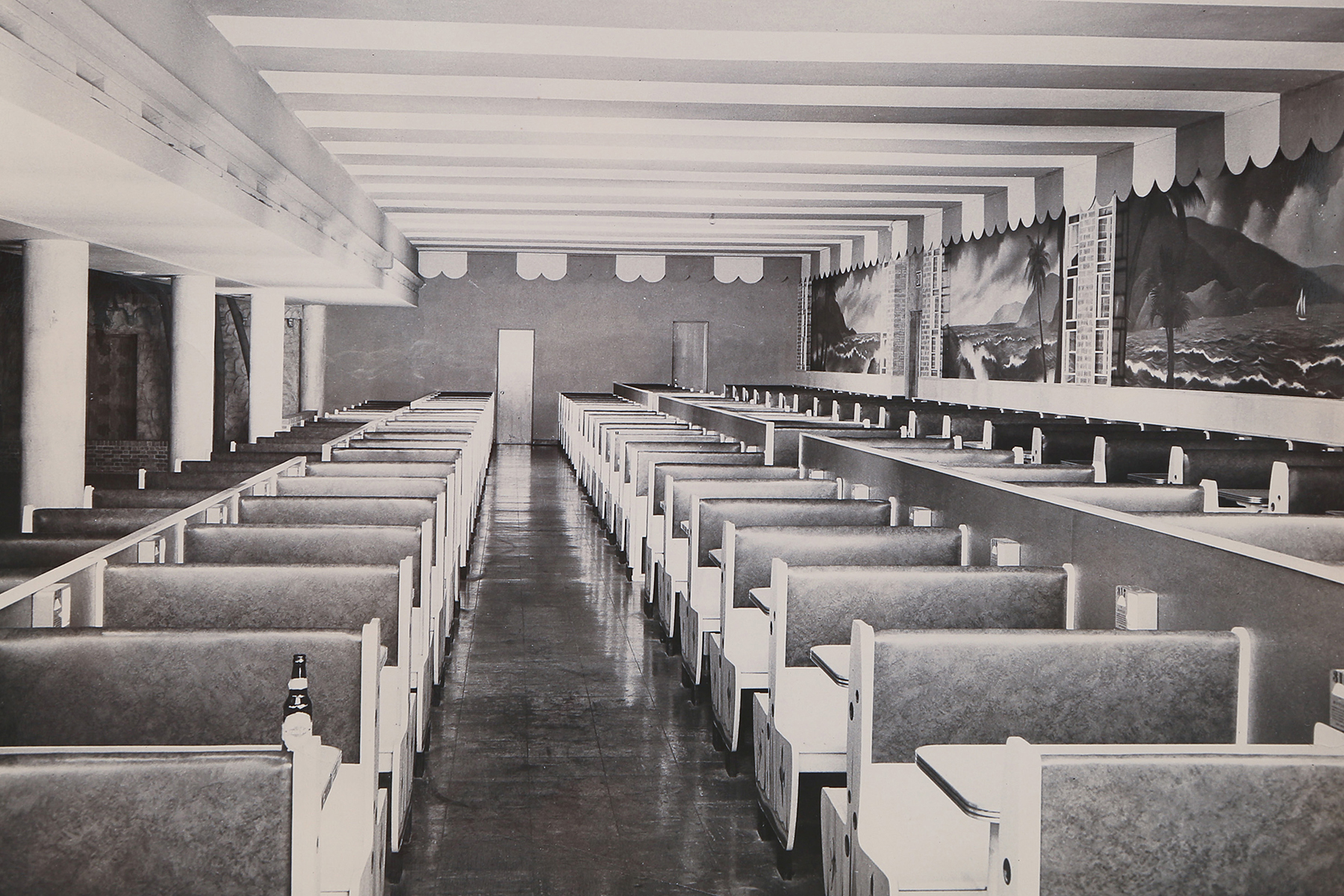
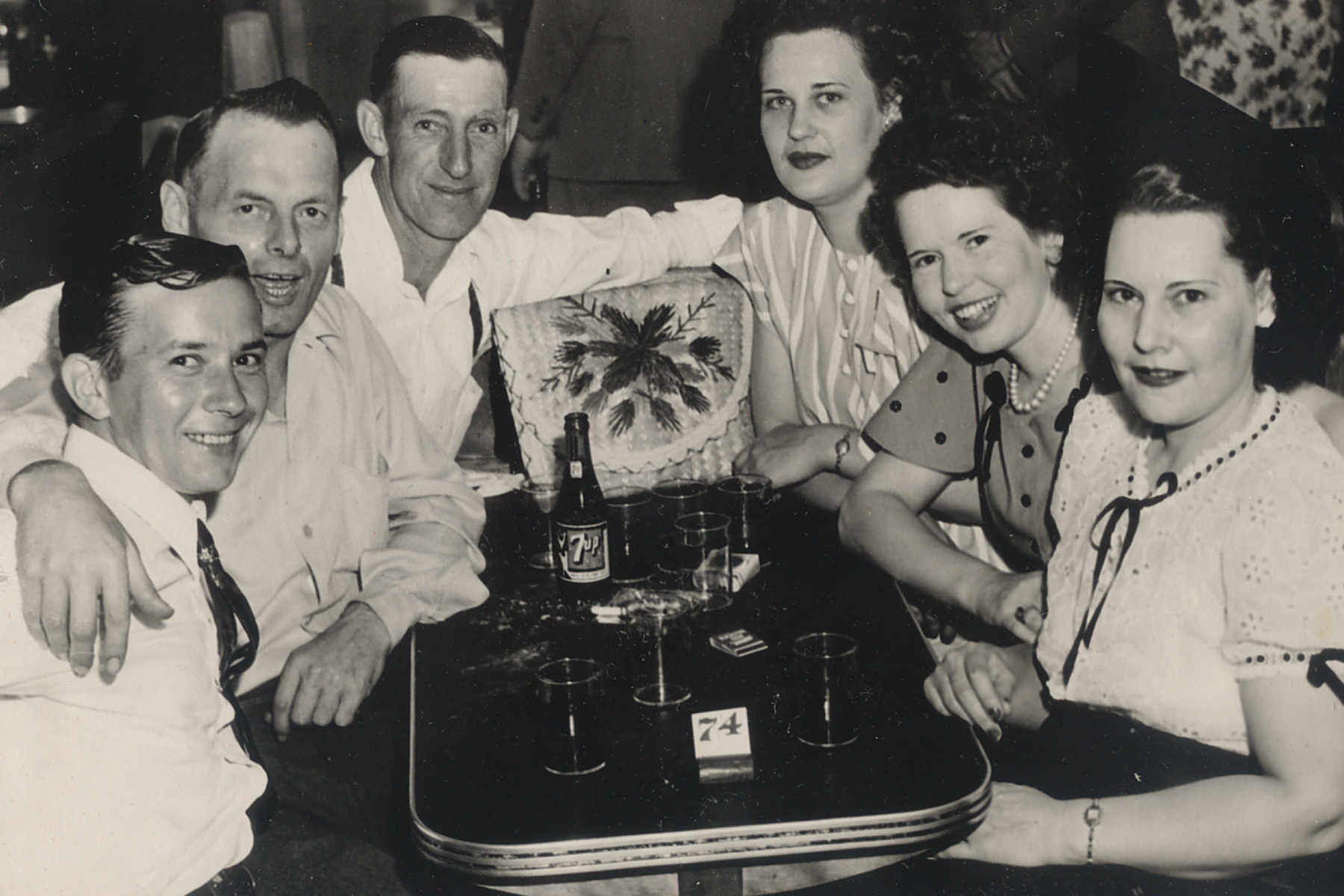
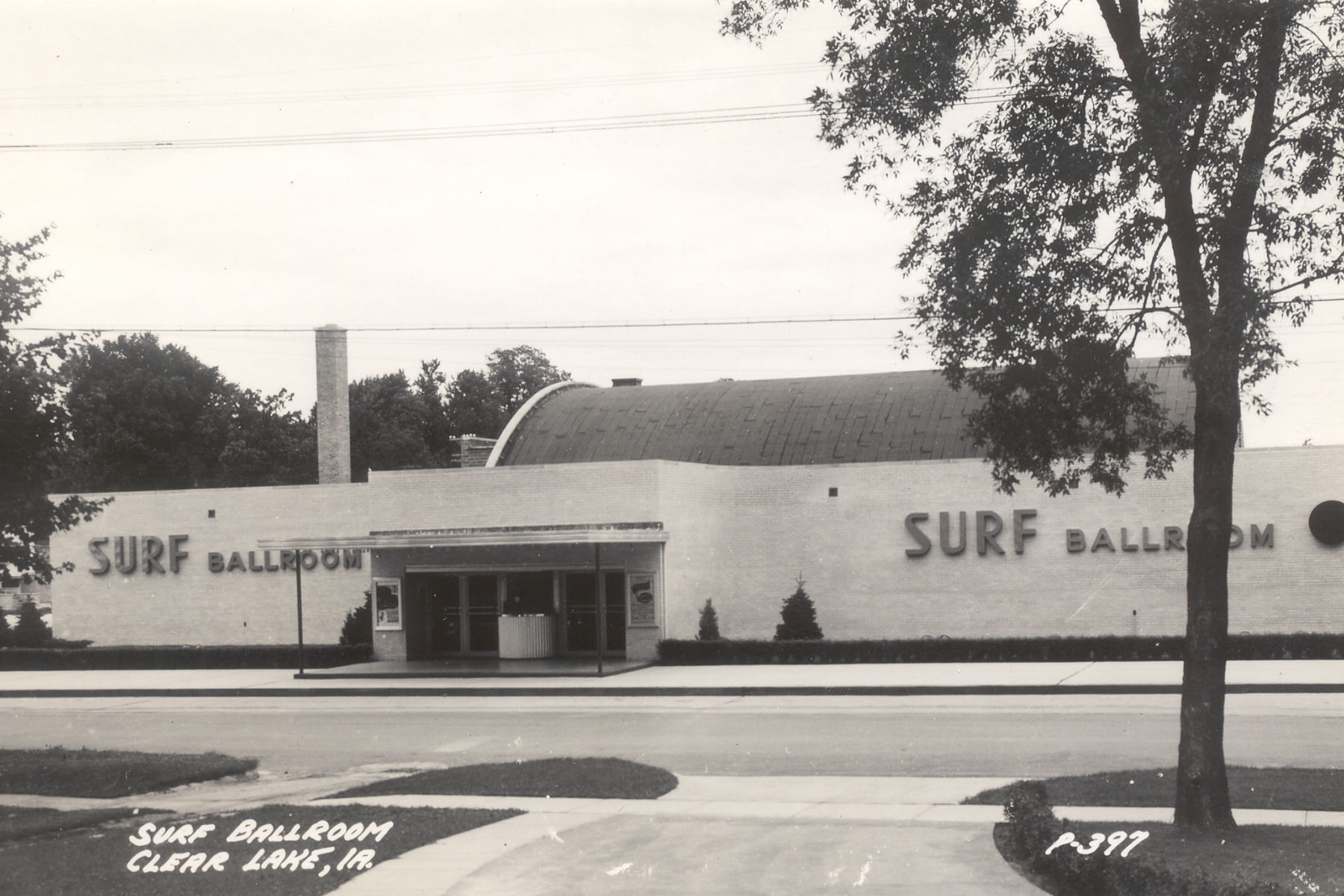
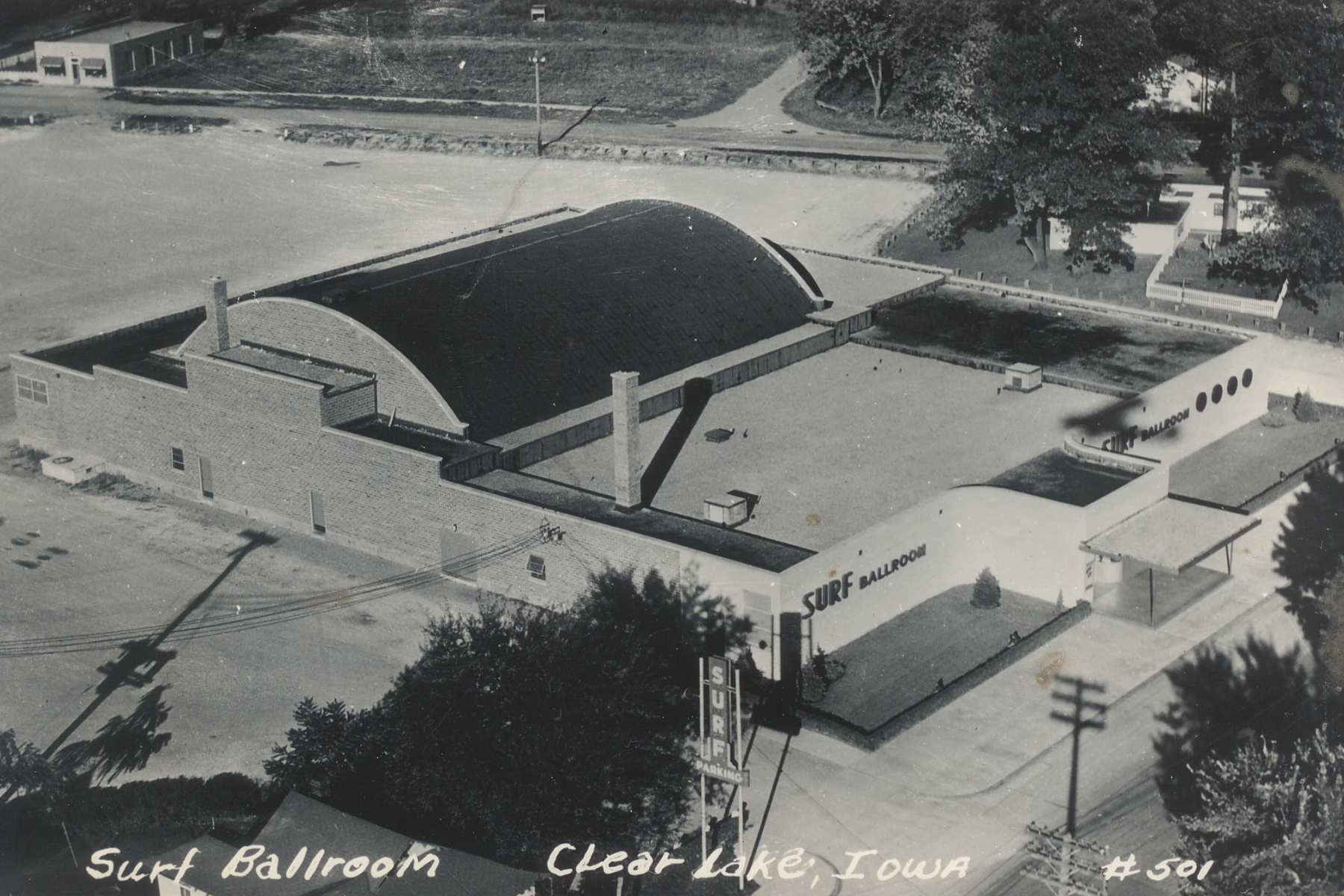
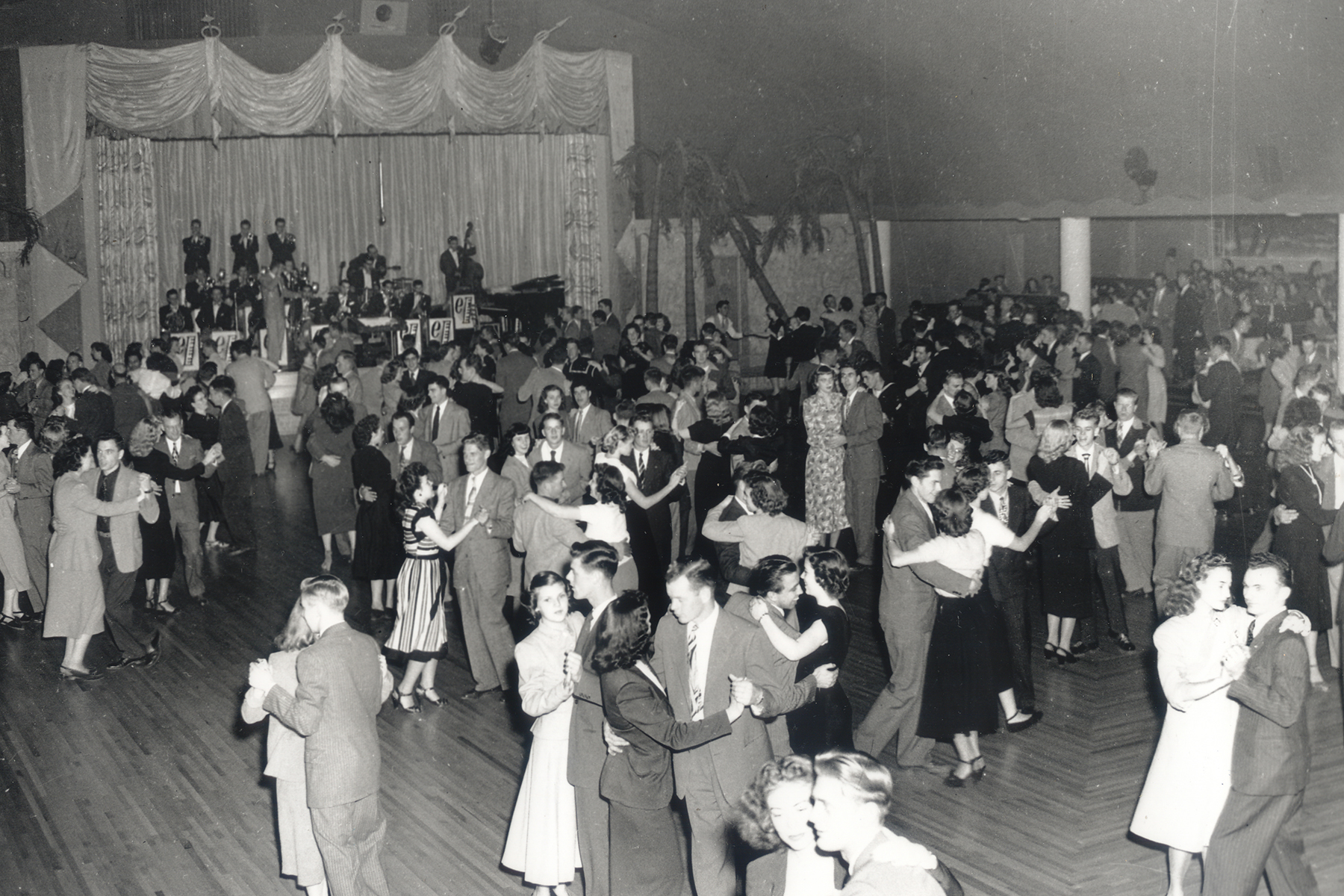
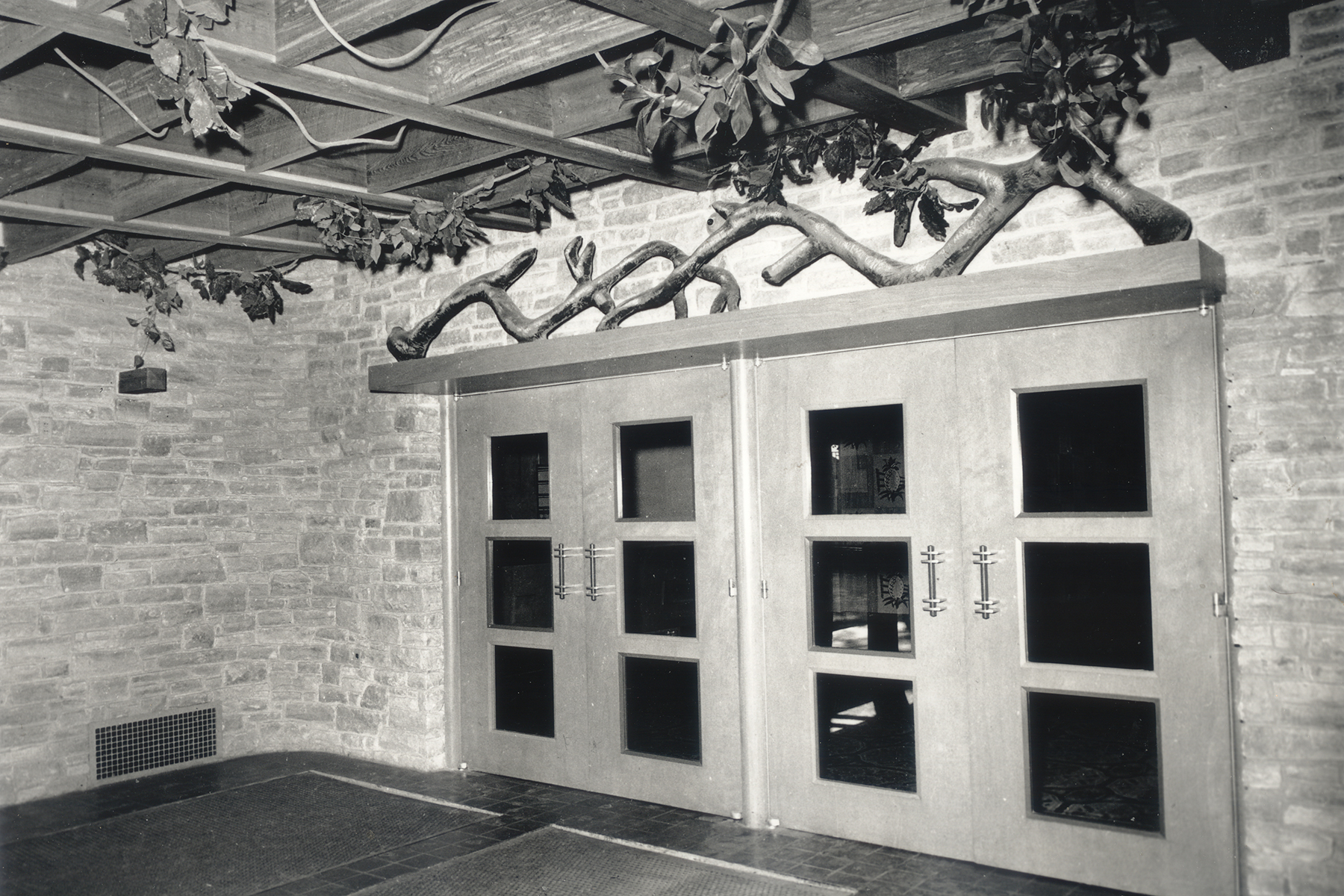
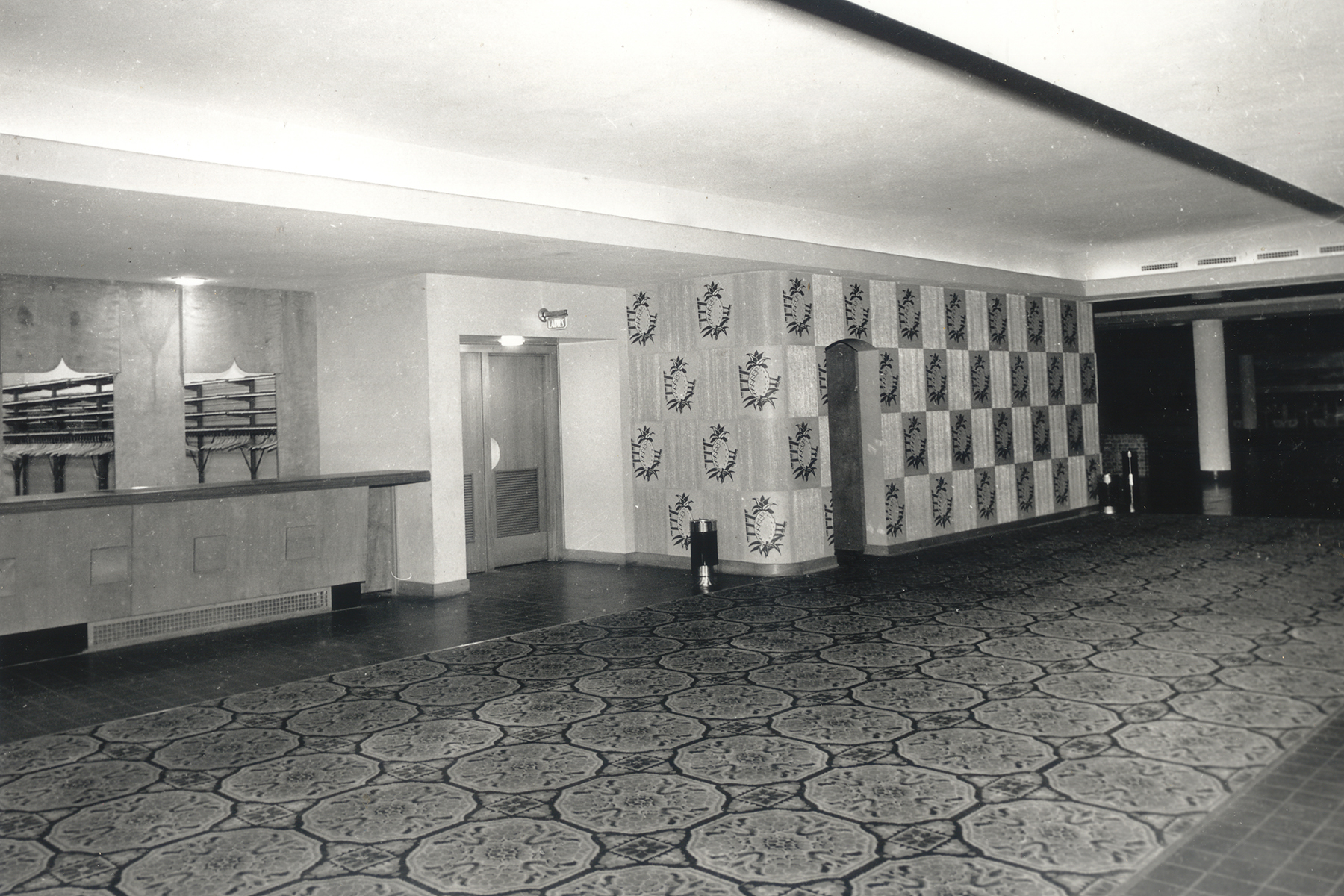
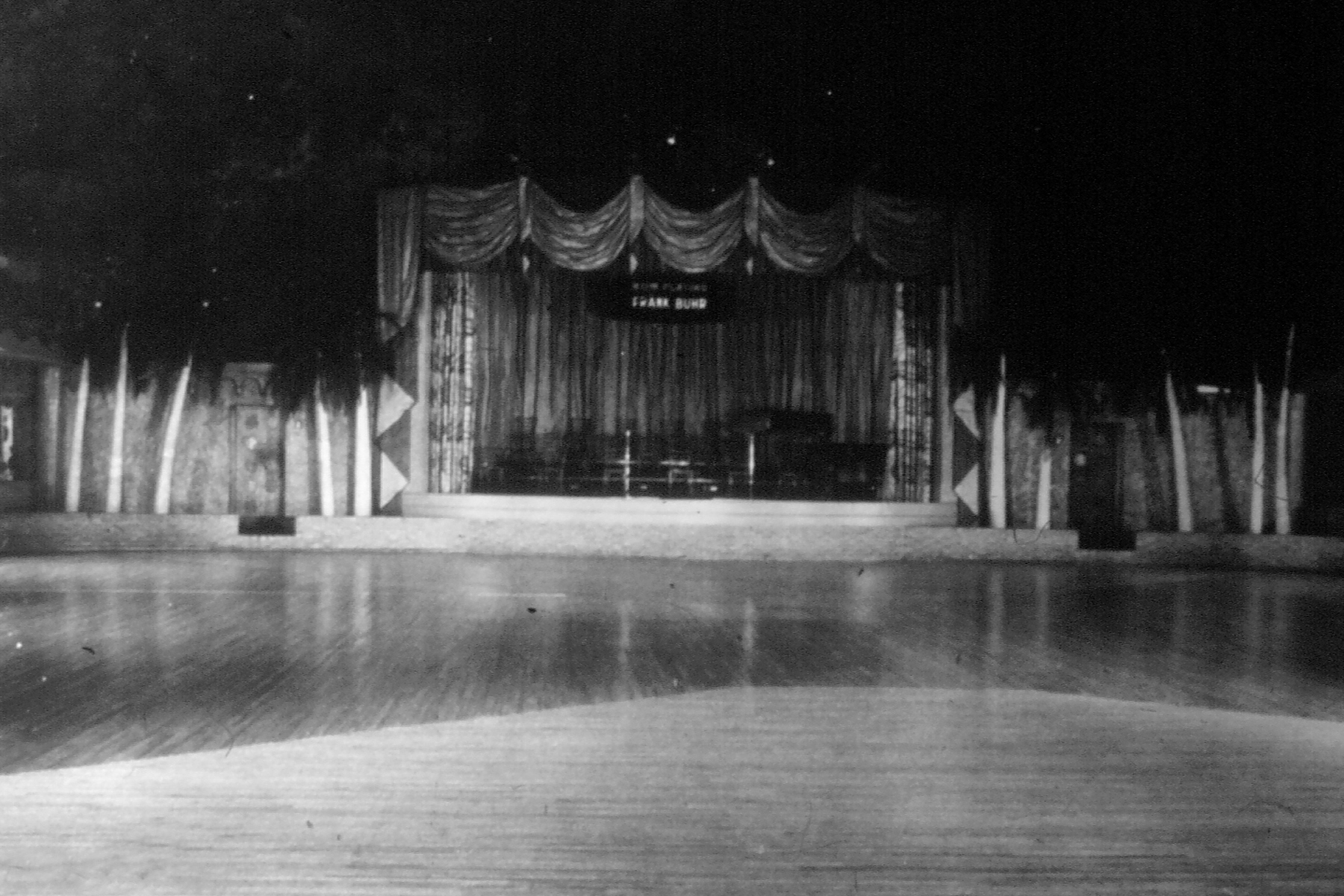
Leave a Reply